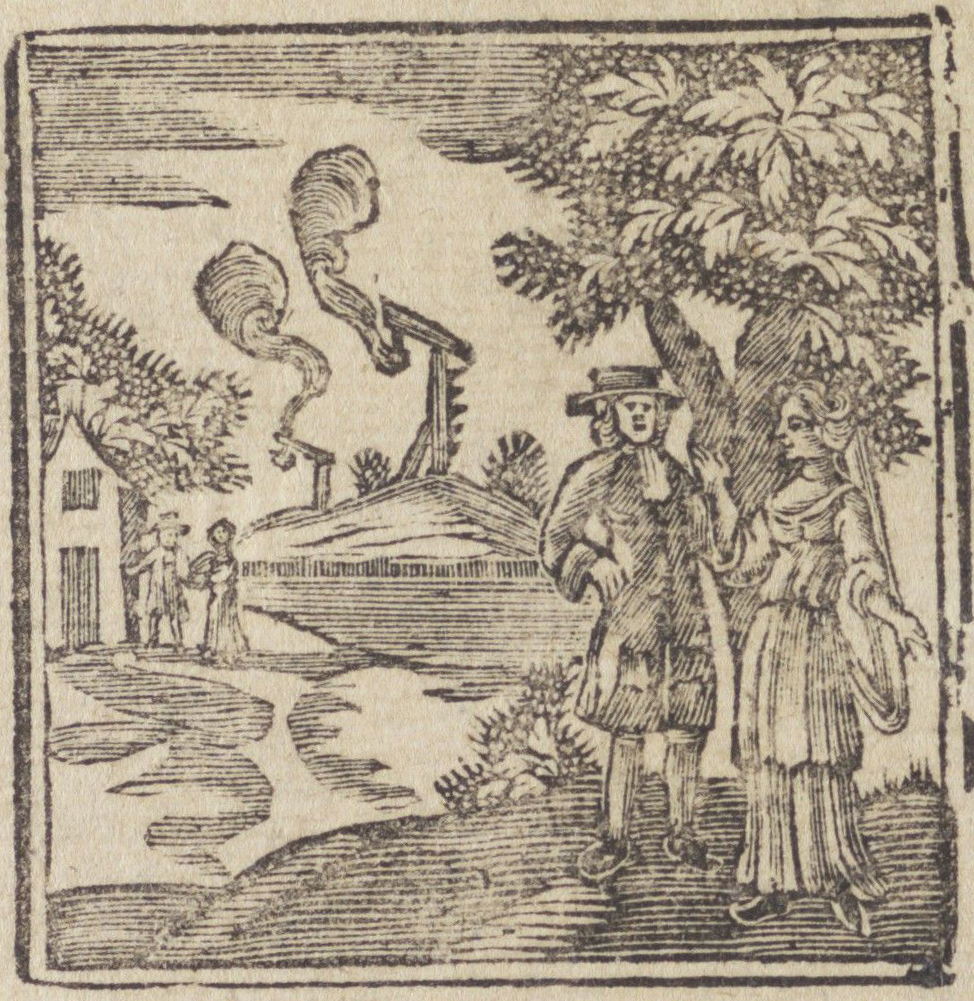A (speculative, partial, oversimplified) Murder Ballad Family Tree
A “Blood Harmony” sidebar
By David Ramsey

Patient Grissel: an excellent ballad, circa 1750. Courtesy Yale University Library
Editor’s Note: This text appears in the 2023 Southern Music Issue as a supplemental sidebar to “Blood Harmony,” David Ramsey’s far-flung tale of a murder song. Read the full feature here.
“The Bloody Miller”
(around 1684)
Shares a number of key aspects of the story in this family of ballads and some cite it as the originator; other scholars convincingly regard it as a different ballad altogether, but it could still plausibly have been a key source or inspiration for what follows.
“The Berkshire Tragedy”
(possibly dating back to around 1700; still being printed as late as early 1800s)
The first known undisputed progenitor of the ballads that followed. These popular broadsides, likely first printed in London, were forty-four stanzas or more, presumably too long and convoluted for singers to memorize, leading to the shorter revisions that followed. Despite the name, “The Berkshire Tragedy” is set in a town near Oxford, and the song references an “Oxford lass” and “Oxford Town.”
“The Wexford Tragedy”
(in print by 1818, archaic forms in tradition potentially first established between the late 1700s to very early 1800s)
Under various names, many scholars speculate this was an Irish variation, though evidence is scant and no print version in Ireland has yet been found. The Wexford tradition was likely a crucial thread ultimately leading to “The Knoxville Girl.” New variations of “The Wexford Girl” continued to flower in tradition in America, often through Irish immigrants.
“The Butcher Boy”
(potentially first established in tradition between the late 1700s to very early 1800s)
A Scottish tradition that derived from the “Berkshire” ballad and presumably its offshoots. The miller or miller’s apprentice in other versions is instead a butcher’s apprentice in these variations. In the Scottish tradition, the killer tended to be named “Willie,” which became common in the North in America, as opposed to the Irish or Irish American “Johnny,” which often showed up in the American South (though “The Knoxville Girl” typically wound up with Willie).
“The Cruel Miller”
(printed roughly early nineteenth century)
Printed British broadsides under various names that shortened the “Berkshire” template to eighteen stanzas. In circulation by 1820, they typically mention “Wexford.” It’s hard to know for certain to what extent these broadsides reflected tradition, influenced it, or both.
“The Lexington Miller”
(broadside printed in Boston between 1829-1831, perhaps influenced by an eighteenth-century “Lexington” tradition)
Earliest known version printed in America, though the ballad itself must have arrived much earlier. Similar to “Berkshire” but cut roughly in half, as well as alterations such as nixing the mention of the pregnancy (perhaps because of New England mores). Presumably brought from England either by text or tradition, possibly in the late 1700s, but often considered a new American strand of the tradition, distinctive from the “Wexford” and “Butcher” traditions.
“The Oxford Girl”
(potentially in tradition in America at least back to the early 1800s)
One of the most popular variations in American tradition. Perhaps the name could be a hint of influence from the original English “Berkshire” broadsides or very early traditions. But for the most part, these variations seem to have arisen alongside (or perhaps even derived from) the “Wexford” tradition, flourishing in America. Lots of similar ballads with distinctive place names then bloomed, including “The Export Girl,” “The Waco Girl,” and “The Knoxville Girl.”
“The Knoxville Girl”
(likely in tradition by the mid-1800s)
The classic American murder ballad was widespread in tradition in many forms when Arthur Tanner recorded the song in 1925. A number of others also recorded it, including the Blue Sky Boys in 1937 and the Louvin Brothers in 1956, whose version made a splash three years later on the country charts.
“Noel Girl”
and other American traditions
While “The Knoxville Girl” eventually came to dominate, a number of variations on the basic template emerged in the early twentieth century, such as “Nell Cropsey” and “Noel Girl,” which used the ballad to describe real-life local murders. The Carter Family recorded “Never Let the Devil Get the Upper Hand of You” in 1937, a rare recording of a variation that seems to come from the Lexington tradition. At least a couple of American traditional songs—like “Oxfordshire Lass,” collected by Jean Ritchie in Kentucky in 1949—have unique elements from the original “Berkshire” broadside not found in other branches, perhaps a glimmer of the oldest traditional versions.
And further afield:
“Maria Martini”
Despite the name, an apparent descendant of the “Berkshire” ballad found in Tristan da Cunha— a very remote volcanic island in the south Atlantic Ocean—presumably brought after the island became a British colony in 1816.
For a very deep dive into these tangled roots, see Richard Matteson’s research at BluegrassMessengers.com


